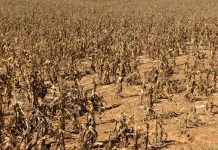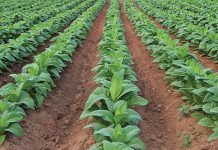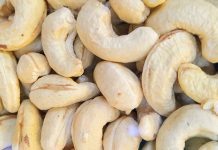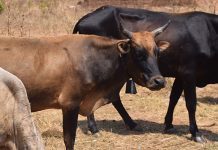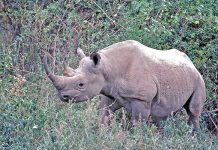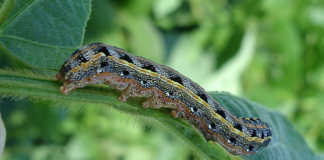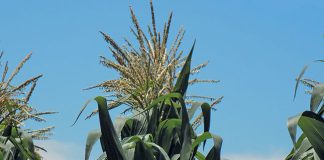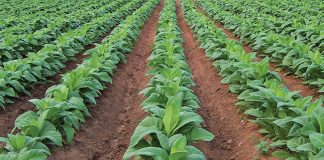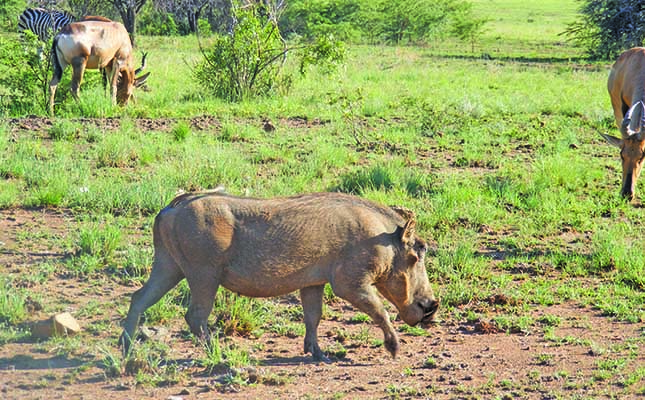
Photo: Annelie Coleman
The past several years’ drought in Namibia has had a devastating impact on the country’s hunting industry, and in some areas hunting quotas had been cut between 70% and 80%. This was according to Tanya Dahl, CEO of the Namibia Professional Hunting Association (NAPHA).
She said communal conservancies had been particularly negatively affected. Hunting quotas, issued by the Namibian Ministry of Environment and Tourism, provided a valuable source of income for these areas.
“Game numbers nevertheless declined sharply all over Namibia since no part of the country was spared the dearth.
“Landowners tried to mitigate the effect of the drought by harvesting game for the game meat market before the animals became too emaciated,” she added.
Farmers also provided feed to game as long as possible in an effort to keep as many as possible alive. Dahl said the importance of farming indigenous, adapted game species became abundantly clear during the drought.
Imported species and so-called colour variants suffered tremendously during the drought. This meant that farmers whose financial situation had already been compromised had to incur even more costs to keep these animals.
An added challenge was to keep animals in fenced-off areas fed and watered. Dahl said it was vital that migration corridors were provided for local species to move between different areas in their quest to find grazing.
According to her, all game species suffered due to the drought, even elephants and hippos. However, the country’s warthogs were the worst affected, as they were the first to succumb to lean times, but they usually were the first to recuperate in times of plenty.
“It might be surprising to know that the humble warthog was the most sought-after species by local as well as international hunters. Warthog meat is considered a delicacy in our country,” Dahl added.
She urged outfitters to approach hunting with care this year and emphasised the fact that older animals past breeding age should be earmarked for culling. Younger animals needed to be conserved at all cost to safeguard core herds and their progeny for the future.


